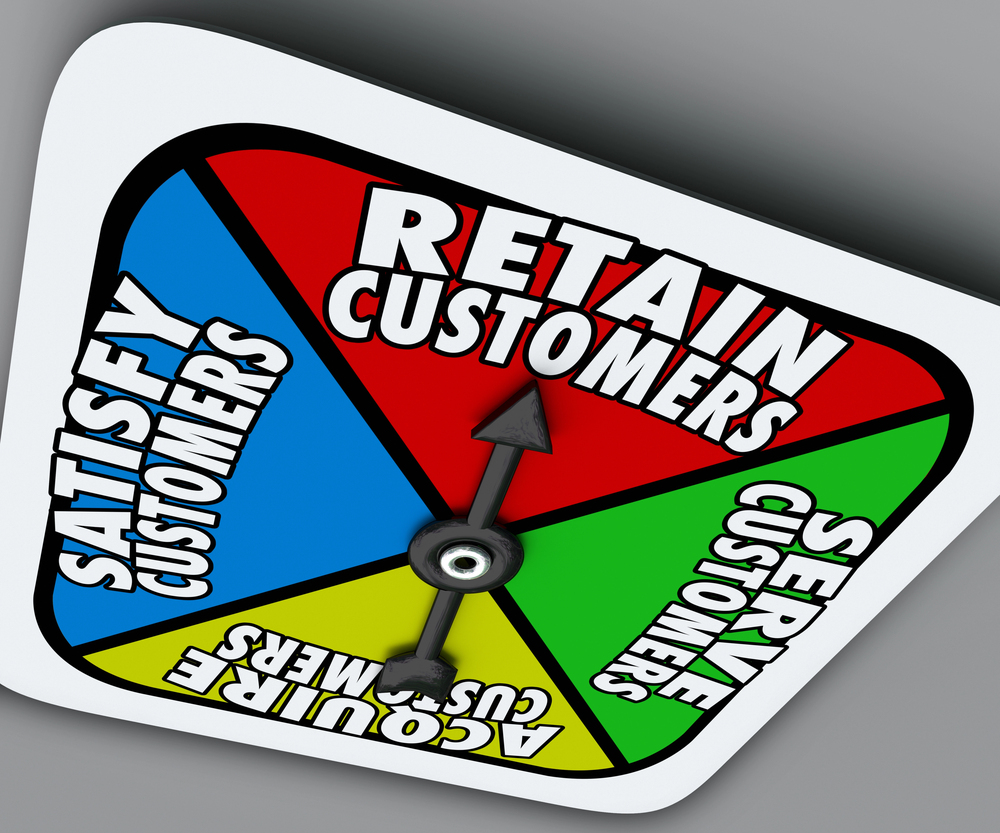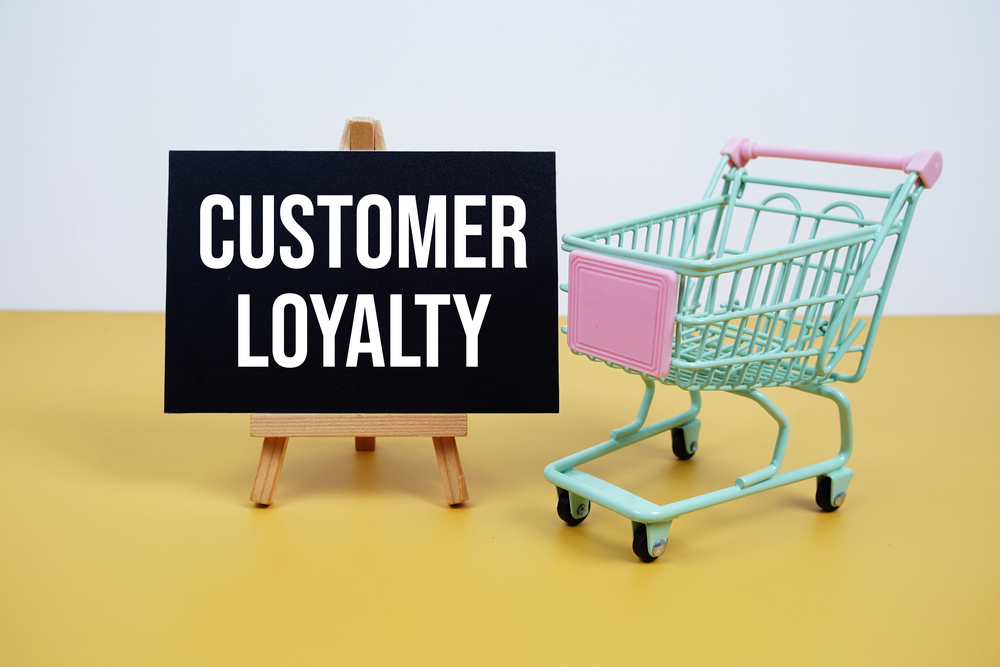Marketing isn’t just about selling a product—it’s about guiding someone from “Who are you?” to “I can’t live without your brand.” That transformation doesn’t happen by accident. It follows a path called the buyer’s journey, and understanding it is key to turning curious browsers into loyal customers.
According to SEM Rush, perhaps the most important impact customer retention can have on a business involves its profits. Some 84% of companies that work to improve customer experience notice an uplift in revenue (Dimension Data). Customer retention is vital for the 61% of small businesses that say over half their revenue comes from repeat customers (BIA Advisory Services)
Let’s break it down stage by stage—and explore how your small business can meet customers exactly where they are.
Awareness: The “I Have a Problem” Stage
At this point, your potential customer doesn’t know you exist. They’re simply trying to solve a problem or meet a need.
Example: Someone wakes up with dry eyes every morning. They start Googling “why are my eyes dry when I wake up?”
Your role: Be helpful. Don’t pitch—educate. Create content that answers their questions and builds trust.
Tactics that that support consumer education:
- Blog posts (like this one)
- Social media tips
- YouTube explainer videos
- SEO-optimized content
Consideration: The “What Are My Options?” Stage
Now they know what their problem is—and they’re looking for solutions. Potential consumers compare brands, services, or products.
Example: Our dry-eyed friend is now researching eye drops, sleep habits, and optometrists nearby.
Your role: Show how you’re different. Highlight the value you bring and why your solution fits best.
Tactics that provide the potential customer with additional resources:
- Case studies and testimonials
- Comparison guides
- Product videos or demos
- Free trials or samples
Decision: The “Let’s Do This” Stage
This is the moment they’re ready to buy—but they might need a final push.
Example: They’ve narrowed it down to two optometry offices. Your website has online booking, glowing reviews, and a special for new patients.
Your role: Make it easy to say yes. Eliminate friction and reinforce their confidence.
Tactics that lead to the next step in a customer’s journey:
- Clear call-to-action buttons
- Easy checkout or booking
- Limited-time offers
- Money-back guarantees
Retention: The “I’m a Fan” Stage
You got the sale—awesome! But the journey’s not over. Now you need to keep them coming back.
Your role: Deliver a standout experience and stay in touch.
Tactics that show your customers that you care:
- Follow-up emails
- Loyalty programs
- Personalized thank-you notes
- Helpful post-purchase content
Advocacy: The “You Gotta Try This!” Stage
Happy customers are your best marketers. When people love you, they’ll tell their friends, leave reviews, and post on social media.
Your role: Make it easy for them to share the love.
Tactics that encourage your customers to become raving fans:
- Referral programs
- Review requests
- User-generated content campaigns
- Feature customer shoutouts on social
Build Marketing Strategy That Maps to the Buyer’s Journey
If you only market to people who are ready to buy, you’re missing out on a huge audience. But if you create content and offers for every step of the journey, you guide people naturally from awareness to loyalty.
Look at your current marketing strategy and customer’s journey. Are you meeting your customers where they are—or only where you want them to be? Understanding the buyer’s journey isn’t just marketing theory—it’s the foundation of smart, sustainable growth.
Want help mapping your content or social strategy to each stage of the journey? Drop me a message and let’s brainstorm!
About the author: Autumn Edmiston is the CEO and owner of the Edmiston Group. The Edmiston Group is a multifaceted Pittsburgh-based marketing consulting firm providing senior-level marketing management services to businesses and non-profit organizations on a short or long-term basis. Core areas of service are business development strategies, website creation and management, social media management, marketing, strategic planning, and public relations. The Edmiston Group has consistently delivered and implemented real-world, proven business marketing ideas and strategies for business.











